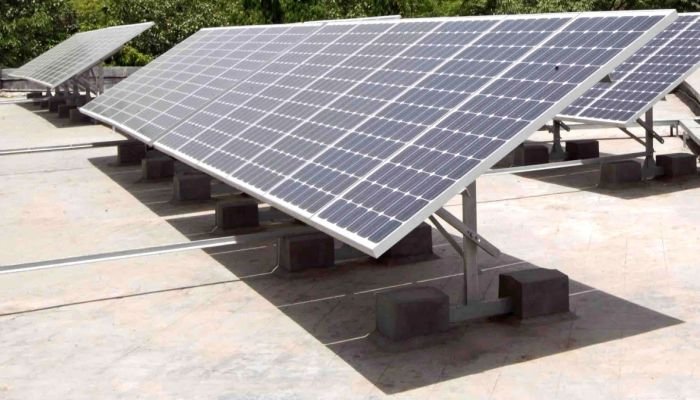Most developed economies started their solar programmes by targeting household rooftops; as a result, they now have a sizable share of installations in the residential rooftop segment.
China and India, on the other hand, have used large-scale solar installations in an effort to quickly achieve scale and simultaneously push down costs.
India, though, does have an ambitious plan for solar rooftop or SRT, as it is called: a target of 40 gigawatts (GW) capacity by 2022. But so far, the achievement has fallen short of the goal. According to the Union Ministry of New and Renewable Energy (MNRE), only 2,158 megawatt (MW) of SRT systems had been installed in the country till December 2018.
The shortfall in capacity is compounded by the fact that a large proportion—70 per cent—of the installed rooftop systems is for commercial and industrial (C&I) customers; residential consumers account for less than 20 per cent of the total installed capacity.
Achieving significant capacity addition in rooftop solar would require close engagement with numerous small consumers. Processes for approving net metering applications and disbursing subsidies will need to be efficient and painless to motivate consumers to invest in this new technology.
The total funding requirement for installing 40 GW of SRT systems by 2022 is estimated to be over Rs 2.8 lakh crore ($40 billion). A 30 per cent capital subsidy support from the government does cover a portion of this cost.
However, most prospective customers either do not have the savings to cover the upfront costs, or are simply unwilling to invest, given the relatively large amount. Also, most customers do not have access to bank financing.
Reference- DownToEarth, MNRE website, Bridge To India report





